Oil on canvas. View of Venice. 17th century. 164 x 148
Oil on canvas. View of Venice. 17th century. 164 x 148
Subject: view of Venice with a particular beautiful Biblioteca Marciana.
Author: Michele Marieschi (workshop of, 1710-1743)
The painting we present is a significant example of a revival of Venetian vedutism: we intend to refer to the name of Michele Marieschi (1710-1743), who, often artfully confused since the eighteenth century with the great Canaletto, has been worthily re-evaluated as a significant alternative to the realistic current with the expansion and selection at the same time of his catalogue.
Several of his works, previously attributed to other artists, primarily Canaletto and F. Guardi, have finally been returned to their legitimate executor (see F. Montecuccoli degli Erri -F. Pedrocco, Michele Marieschi, La vita, l'ambiente, l'opera, Milan 1999; S. Succi, Michele Marieschi, Opera completa, Pordenone 2017).
Even if Marieschi starts from the scenography, the main distinction and point of personal and original detachment from Canaletto lies precisely in the use of the latter as a natural aid to the imagination: Marieschi's whimsical originality is in fact expressed by an intense pictorialism, with a prevalent blueish tone, which from the fermenting body of the foregrounds, becomes lighter and more airy in the backgrounds, to wonderfully suggest the distance of the landscape: the effect of a light which, unlike that of Canaletto, seems to stop at the surface of things, highlighting their details.
Both the artist's early training with his maternal grandfather Antonio Meneghini, a painter, decorator and theatre set designer, and his apprenticeship in the workshop of Gaspare Diziani from Belluno, who was also active at the time as a set designer, mark the beginning of his career in this field: it is no coincidence that Marieschi's first recorded activity, dating back to 1731, concerns the preparation of the scenography for the celebration of the Venetian Carnival in the square for the impresario Francesco Tasso.
Subsequently, under the influence of the suggestions of Marco Ricci and Luca Carlevaris, Marieschi began to dedicate himself to the creation of capriccios and views: significant influences of Ricci, even if with a less solemn tone, can be found in the pair "capriccio with classical ruins" and "Venetian capriccio with arch and camp".
It was precisely the success achieved by Canaletto in the field of vedutism that pushed Marieschi to try his hand in the same field: “S. Maria della Salute” and “the Grand Canal at Ca' Pesaro” date back to 1733/35, works in which Marieschi reveals all his originality, although in the wake of Canaletto, distinguishing himself from the latter for the exaggerated perspective and for a more vivid use of color. This earned him the enrollment of his name in the Fraglia dei pittori Veneti in 1735.
After having worked in Austria, distinguishing himself for his eccentricity and almost certainly in demand as a set designer, between 1736 and 1740 Marieschi produced four paintings, including two Venetian views for Marshal Mathias Count of Schulenberg, who paid a good fifty sequins for the painting “Court of the Ducal Palace”.
His fame, also fostered by his marriage to Angela Fontana, daughter of the most important art dealer of the time, led him to paint a large number of views of Venice and fascinating fantasy landscapes, especially requested by foreign clients, as well as to work as an engraver (“Magnificentiores Selectioresque Urbis Venetiarum Prospectus”, June 1741), a privileged means of disseminating Marieschi's work as a landscape painter among the various collectors of the time, as had similarly happened for Canaletto.
His early training as a set designer was never denied, but strengthened and supported with singular originality, manifesting itself in works with a singular creative freedom (a setting constructed with a very strong perspective and preferably with an angled view so as to deform the functional structure for a majestic reading of the subjects represented, a brilliant pre-photographic intuition entirely similar to the effects of the large angle that allows the lens to perceive a greater visible space), which both Piranesi looked to for his interiors and F. Guardi, a further element at the origin of the confusion in the various attributions.
Measurements: H 164 x 148
EPOCH Thinking about making metafield with features
EPOCH Thinking about making metafield with features
Material
Materials
Materials
dimensions - transport or notes
dimensions - transport or notes
Share
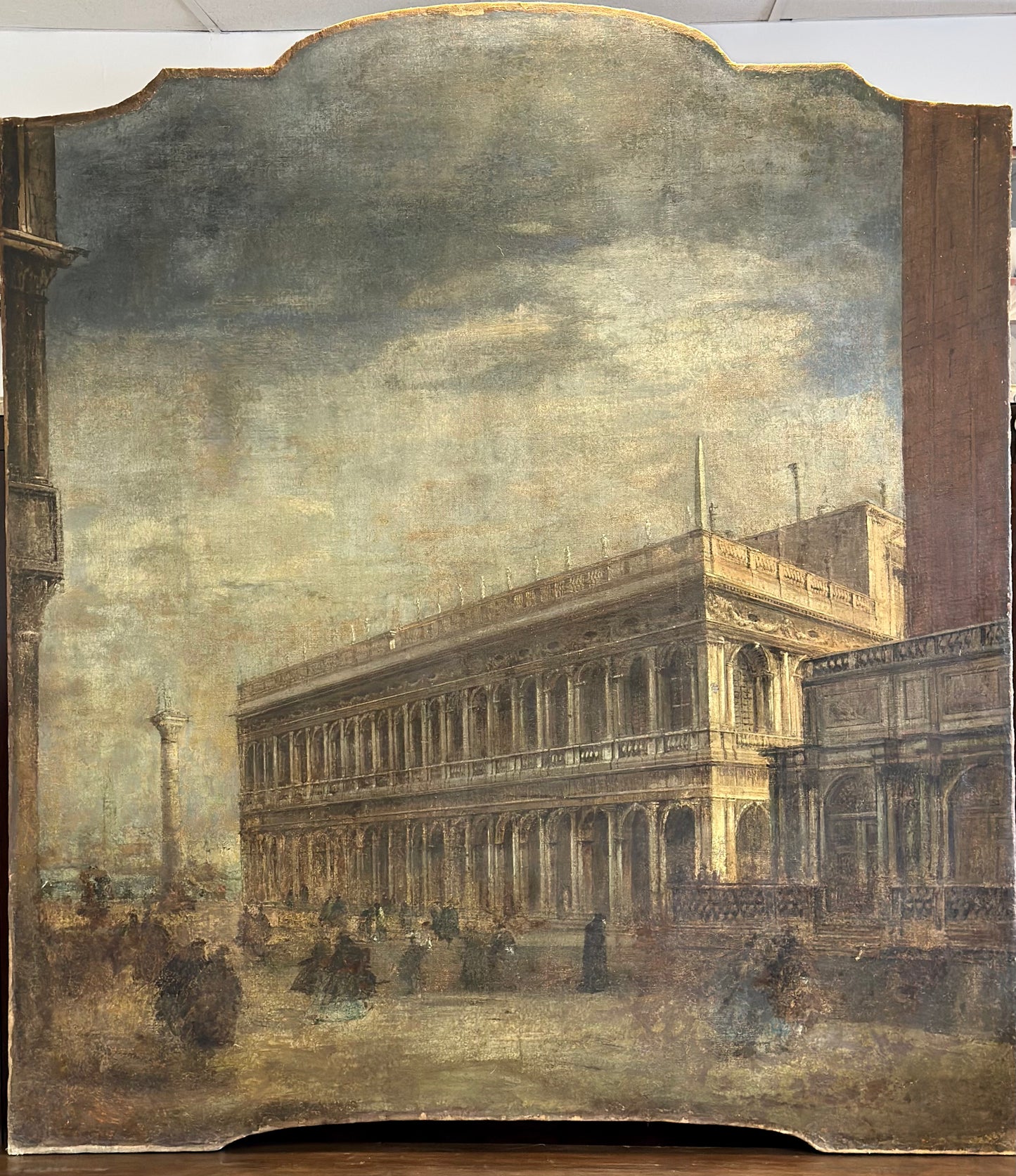
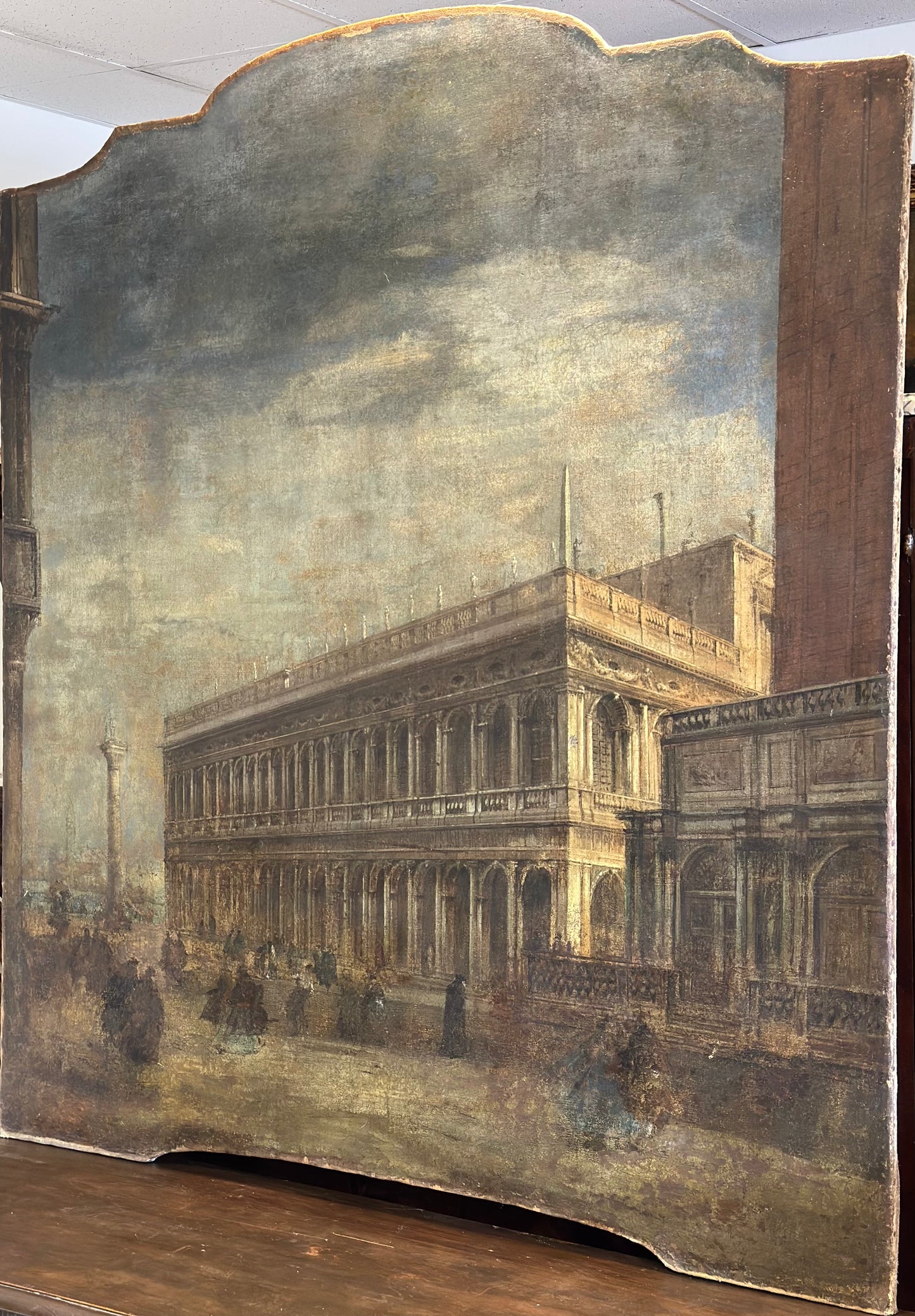
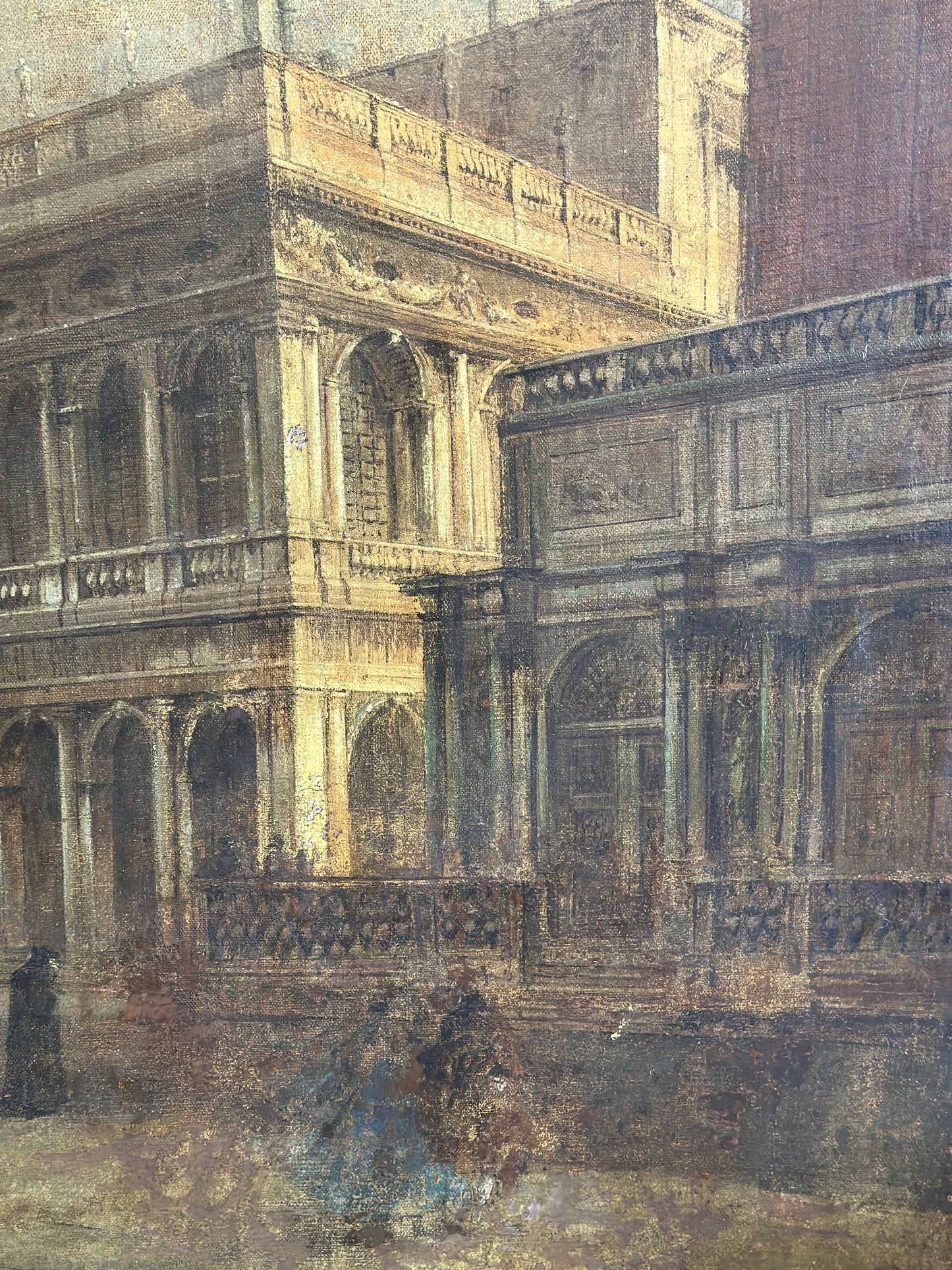
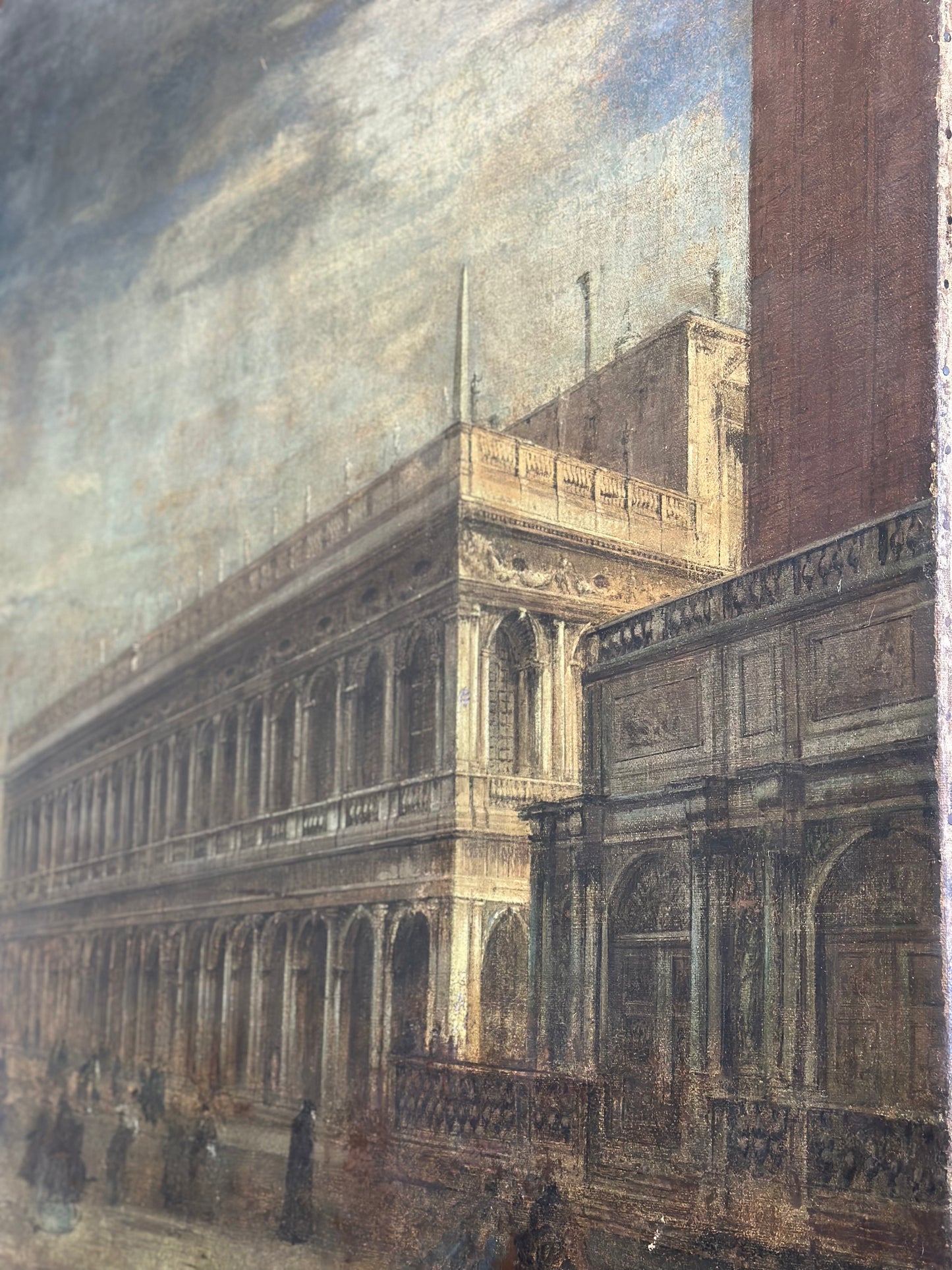
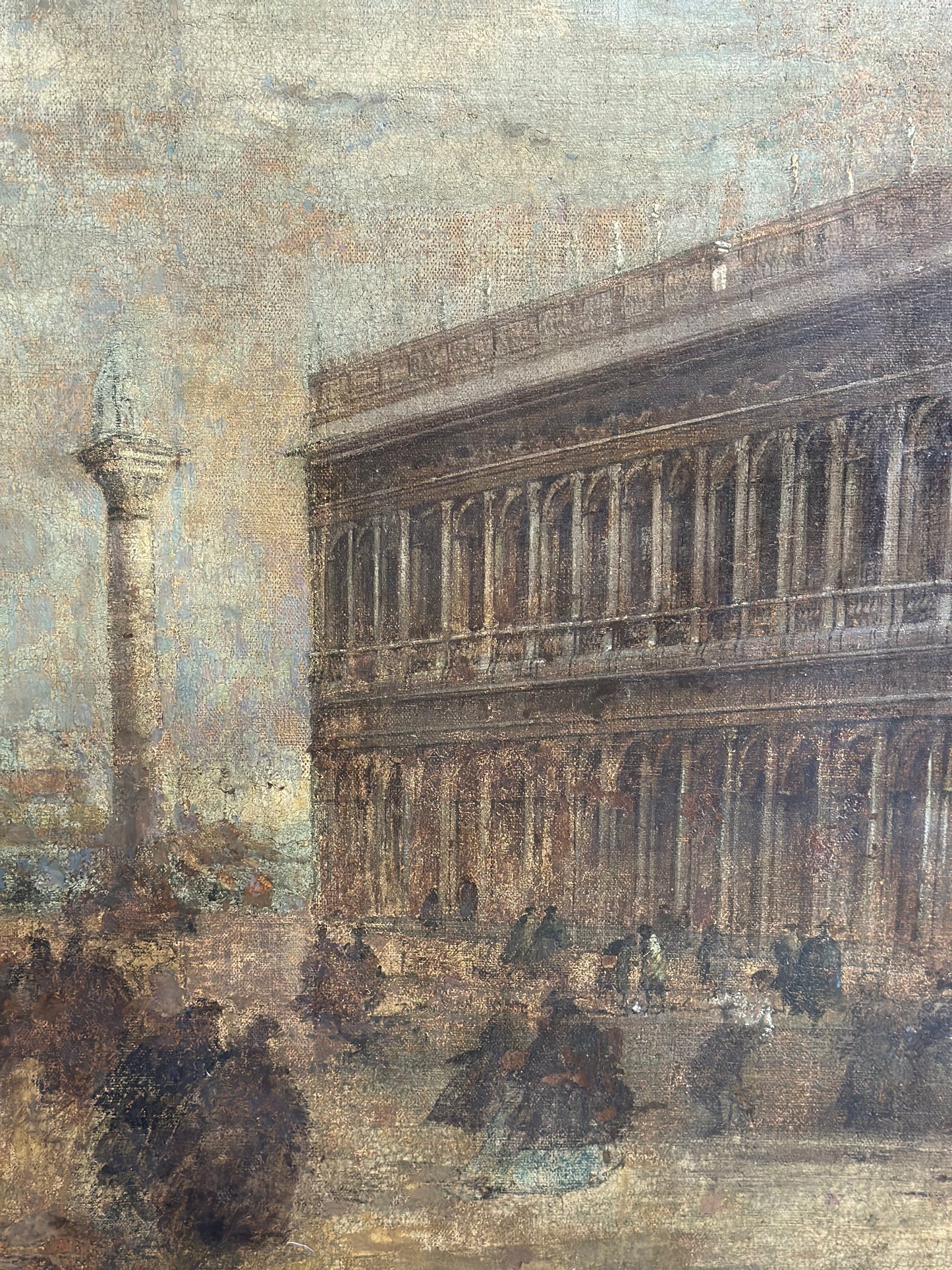
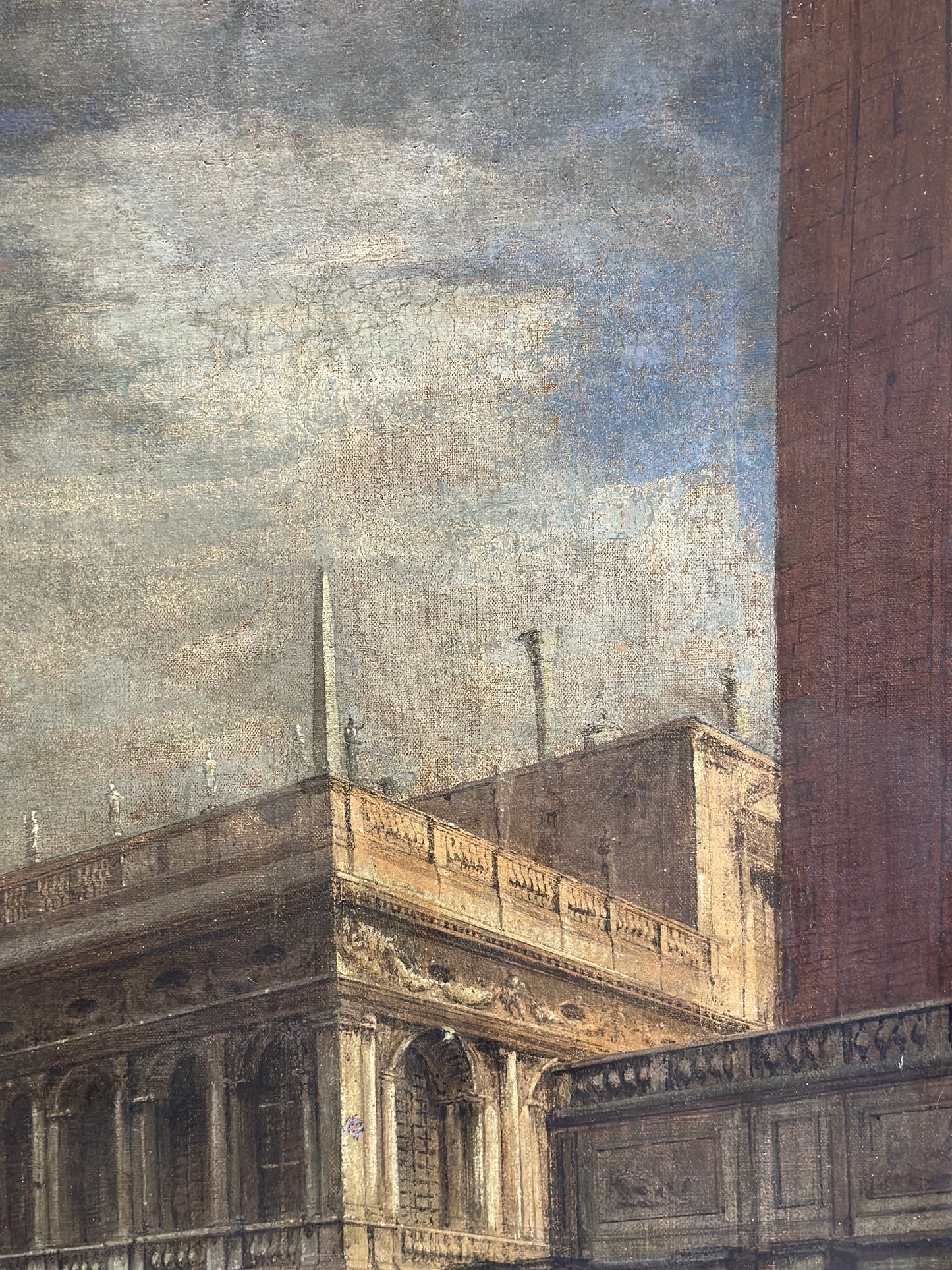
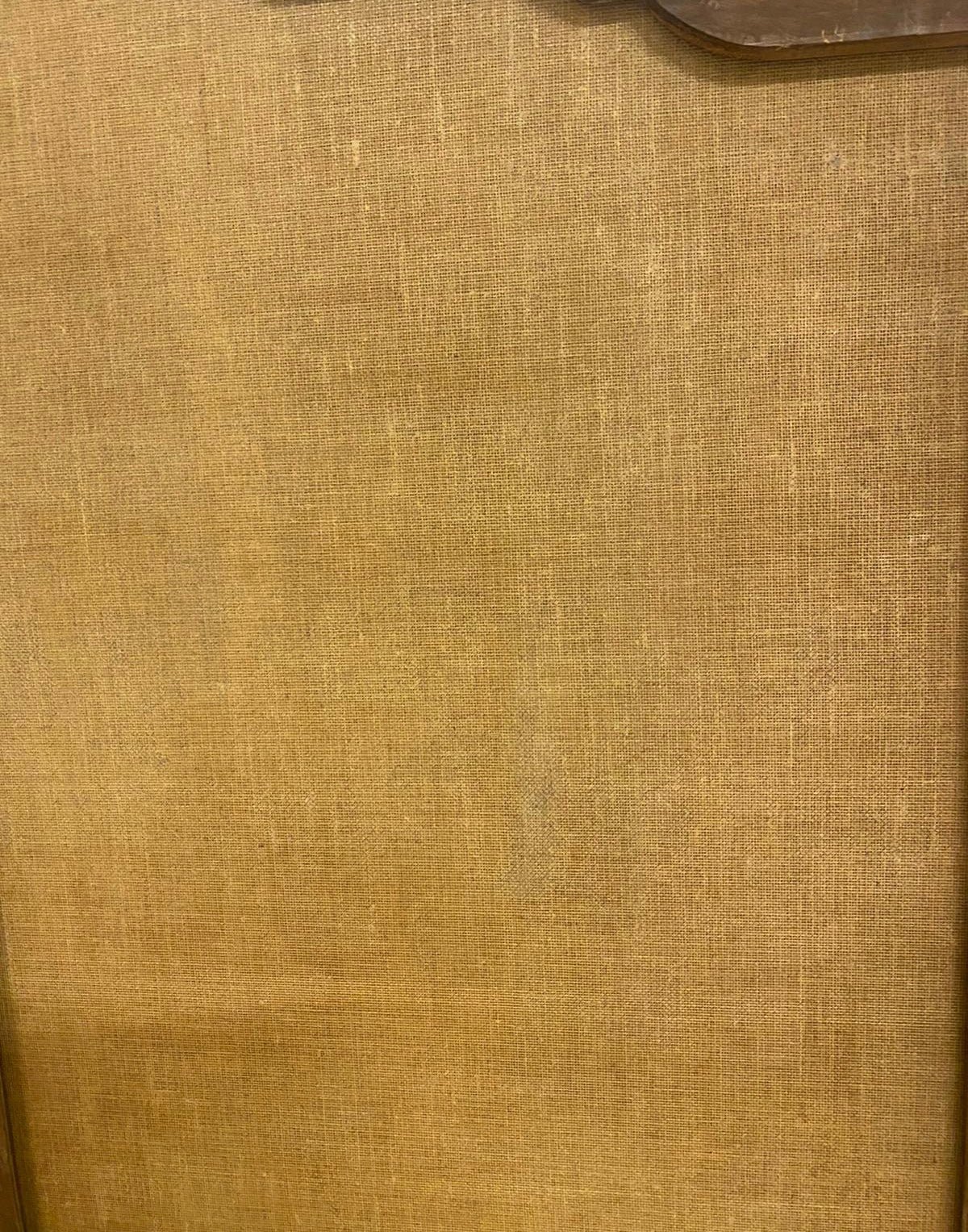
Frequently Asked Questions
Things to know
The items are in their natural state
All our pieces are authentic and retain the signs of time that tell their story. This means that they may present small imperfections, signs of wear or original patina, which for us are an integral part of their charm and uniqueness.
We restore on request
Unless explicitly requested, we leave the signs of time and imperfections intact, to preserve the authenticity and soul of the antique object. However, if you want a restoration intervention, our team of experts is at your disposal to evaluate together the most suitable solution.
We work only and exclusively by appointment
Our service is exclusive and personalized: we receive only by appointment to guarantee you our full attention. Contact us to arrange a meeting and discover our collection in complete tranquility.
How does transportation work?
We offer different transport solutions, depending on the size and delicacy of the item. We rely on specialized professionals to ensure that each piece arrives at its destination in perfect condition. Contact us for more details or to request a personalized quote
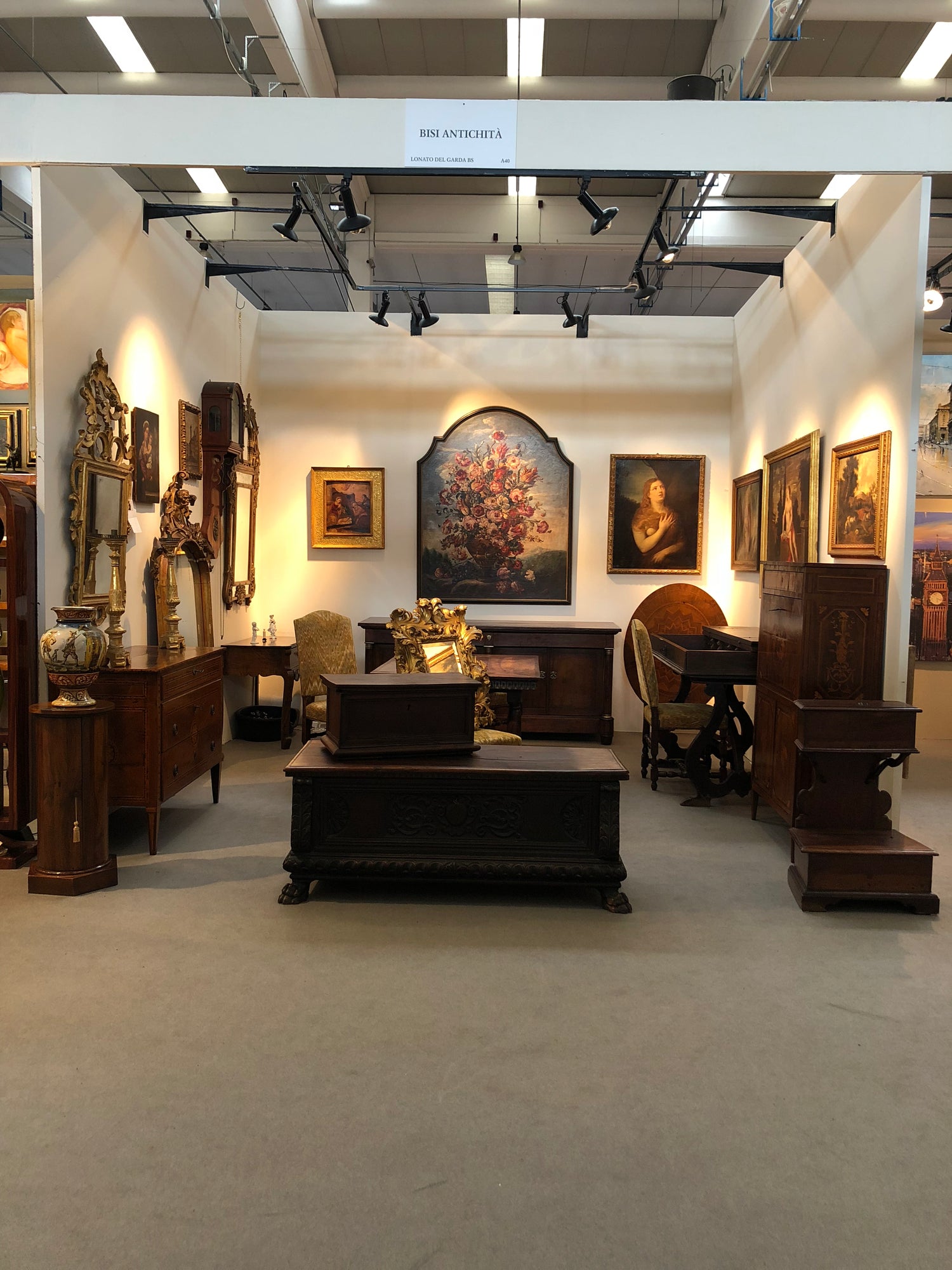
QUALITY AND PASSION FOR GENERATIONS
Since the mid-19th century, our family has been working wood with dedication, transforming a small workshop in Poggio Rusco into a reality rooted on Lake Garda. Since 2014 , we have moved away from the family tradition of furniture production, orienting ourselves towards the restoration and search for ancient treasures to offer to our customers, keeping intact the values of authenticity and quality.







